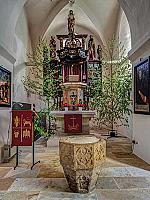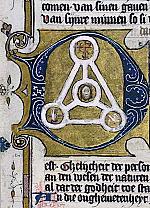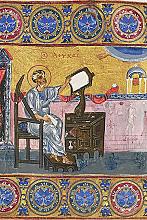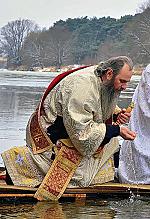Ascension
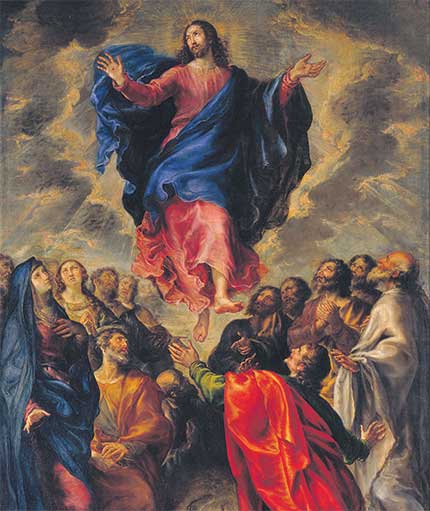
[ABOVE: Francisco Camilo, Ascension, 1651. Oil on Canvas—Museu Nacional d’Art de Catalunya / Public domain, Wikimedia]
While Ascension Day may not be the best-known Christian feast today, it is important as part of the story of the Easter season and the journey toward the giving of the Holy Spirit at Pentecost. After all, a whole article of the Apostles’ Creed is devoted to it: “He ascended into heaven and is seated at the right hand of God the Father almighty.”
Where did it come from?
In a move that will not surprise you at all, Ascension Day is a separate feast that split off backward from Pentecost. The Bible is clear that the Ascension happened 40 days after the Resurrection (Acts 1:3). It does not say how long the disciples waited after that for the descent of the Holy Spirit, and some early Christians thought that the descent must have happened on the same day. But since the descent of the Holy Spirit happened when the disciples were gathered for Shavuot, 50 days after Pesach (Passover), and the Crucifixion and Resurrection happened on or around Pesach, a 10-day gap between the two events seems sensible. The celebration of the Ascension began as a separate feast 10 days before Pentecost around the fourth century.
How is the date determined?
Ascension is always 40 days after Easter Sunday in both East and West (as with other feasts dependent on the date of Easter, the Orthodox celebration normally occurs later in the year than the Western one).
Theological themes
Ascension commemorates Christ’s glorification at the right hand of the Father, the completion of his saving work, the bringing of his fully human experience into the life of the Godhead, and his ability to be with us always and everywhere. As one verse of an Easter hymn by Brian Wren (1936–) puts it, “Christ is alive! No longer bound / To distant years in Palestine, / He comes to claim the here and now / And conquer every place and time.” It seems clear from Jesus’s conversations with his disciples that his going away was in some way necessary for the coming of the Holy Spirit, though exactly how remains a mystery (see for example John 14:25–29).
Colors
The colors for the day are normally those of the Easter season, usually white in both East and West.
Customs
In the West, Ascension is celebrated as a single day with a festive Eucharist. While many larger churches hold a service on this day, many churches do not; in that case, the readings for Ascension are sometimes used on the following Sunday to replace those for the Seventh Sunday of Easter.
In the East, Ascension is celebrated with a festive Eucharistic service. The days between it and Pentecost are considered an “afterfeast” (this is common with Great Feasts in Orthodoxy—for more on Great Feasts, see p. 45) with special hymns and readings. CH
Some things you can do at home
• Read the story of the Ascension in Luke 24:46–53 and Acts 1:1–11.
• Eat a bird such as poultry, quail, or duck (really—medieval Christians did this because Christ had “flown” to heaven).
• Contemplate art or icons of the Ascension, which often show only the feet of Christ.
By Jennifer Woodruff Tait
[Christian History originally published this article in Christian History Issue #156+ in 2025]
Jennifer Woodruff Tait is Senior Editor of CH magazineNext articles
Trinity, All Saints, Christ the King
Special prayers and offices devoted to the doctrine of the Trinity date back as far as the fourth-century Arian controversy
Jennifer Woodruff TaitOrdinary Time, especially Sundays after Pentecost
The term “ordinary” refers to the ordinal numbers used in counting Sundays (First, Second, Third, etc.).
Jennifer Woodruff TaitSupport us
Christian History Institute (CHI) is a non-profit Pennsylvania corporation founded in 1982. Your donations support the continuation of this ministry
Donate



